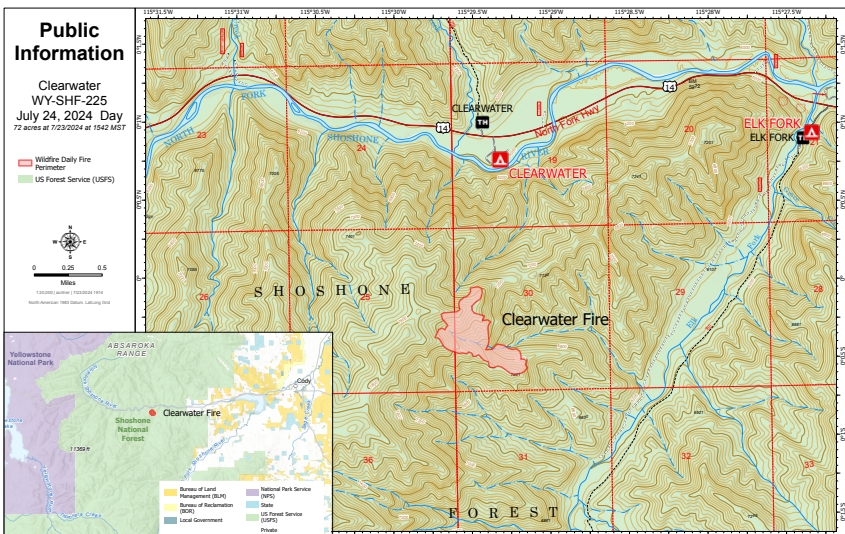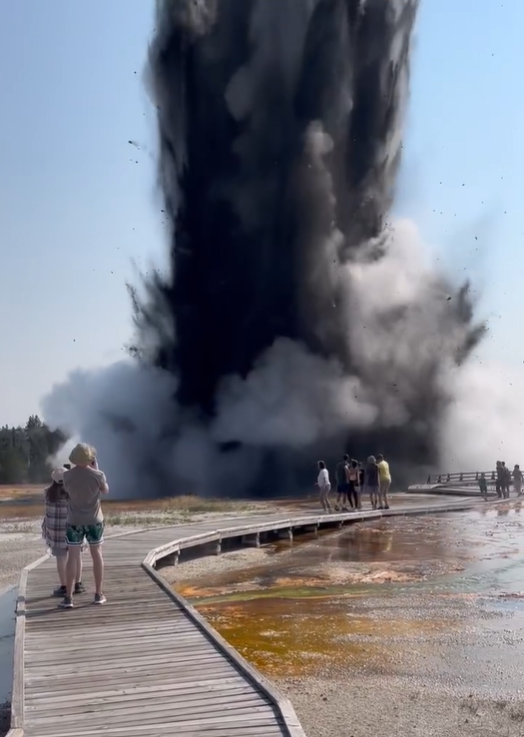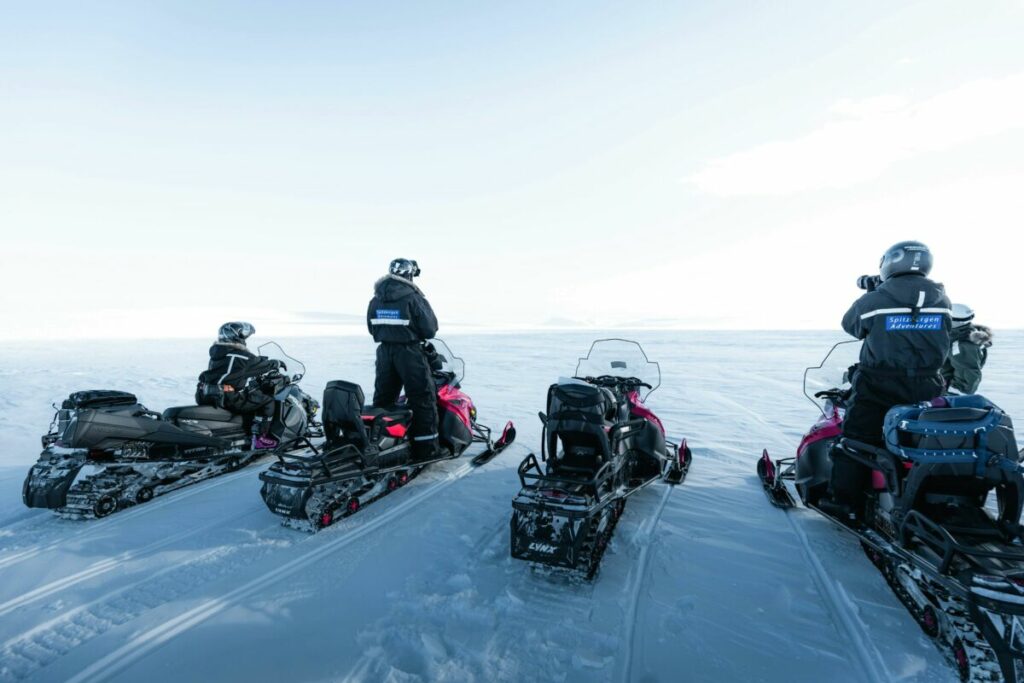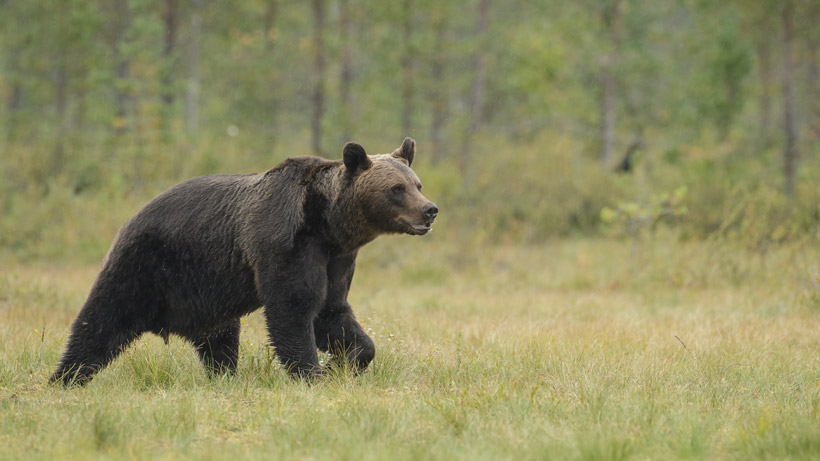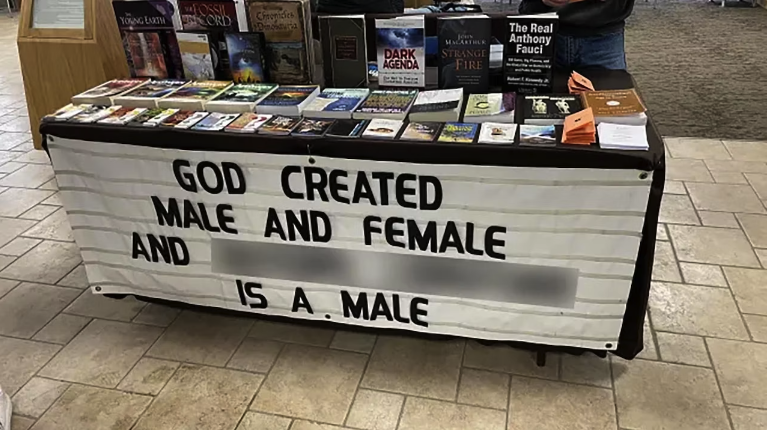Harry Jackson Institute Gifts Sculptures to Cody and Italian Sister City
Written by Jessi Entel on August 21, 2023
The Harry Jackson Institute has announced that the Institute will gift sculptures by the late artist Harry Jackson to the Sister Cities of Camaiore, Italy and Cody, Wyoming.
Camaiore and Cody have been sister cities since 2017.
Cody will receive the 6-foot-tall bronze sculpture of Sor Capanna that currently stands near the City Park band shell and Camaiore will receive a monument size sculpture of Sacajawea.
Both sculptures are on loan from the Harry Jackson Institute to Cody and Camaiore, however they plan to gift the statues to the communities.
“Jackson kept studios in Cody and Camaiore, and we believe Harry would be excited by the idea of connecting the two cities he loved in this way,” said Mark Harris, President of the Harry Jackson Institute. “It is our hope that placing a sculpture of an iconic American Indian in Camaiore and an equally beloved hero of the people of Rome in Cody will bring the people and cultures of both cities closer together.”
The late Harry Jackson is Wyoming’s best-known artist, and his work can be found in collections across the world – Former President Ronald Reagan kept three Jackson bronzes at the White House, his work is in the collection of the National Museum of the Marine Corps and the Smithsonian American Art Museum, it is also in the private collections of the House of Saud, Italian Federal Government, Queen Elizabeth II, and the Vatican.
The Cody-based Jackson Institute manages a collection consisting of thousands of drawings, paintings, sculptures, and archives and is dedicated to the preservation, interpretation, and sharing of Jackson’s artwork and archives, through educational programs, scholarly research, exhibitions, and other outreach activities.
“This is another step forward in the ongoing effort of the Harry Jackson Institute to increase public awareness and appreciation of the work of Harry Jackson,” noted Harris.
The statues being gifted have deep meaning to Italy and the American West.
Sor Capanna was a Roman street singer and poet Sor Capanna was a hero to the poor people of Trastevere, Italy. He sang about his people and their history until his death in 1923.
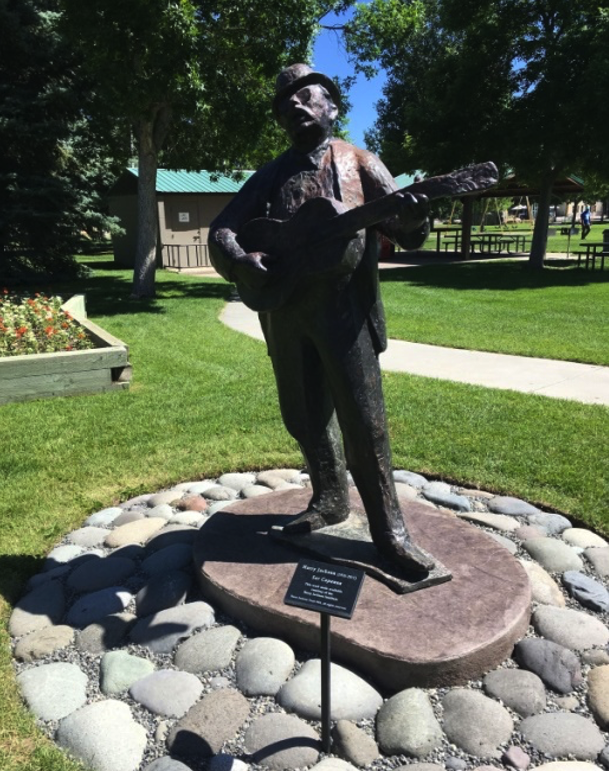
1980. One of three cast by Wyoming Foundry / Studios Camaiore Italy. Painted bronze.
“Naturally, the Establishment hated him,” artist Harry Jackson wrote in a narrative about the life sized bronze he was commissioned to do in 1961.
“He spent most of his life in and out of jail.”
Referencing the man who was both poet who sang his own verses and outlaw, Jackson likened the Roman as artist and cowboy, for whom “goin’ to jail is just one of the hazards of goin’ to town.”
The other statue is of Sacagawea, the famed Shoshone woman who safely led Lewis and Clark across the Rocky Mountain wilderness during their trek to the Pacific Ocean from 1804 to 1806. Artist Harry Jackson created this sculpture as a tribute to courage, hoping it would be “as straight and simple as falling rock, and an everlasting honor to the souls of Sacajawea, the Shoshone, and all High Plains Indians.”
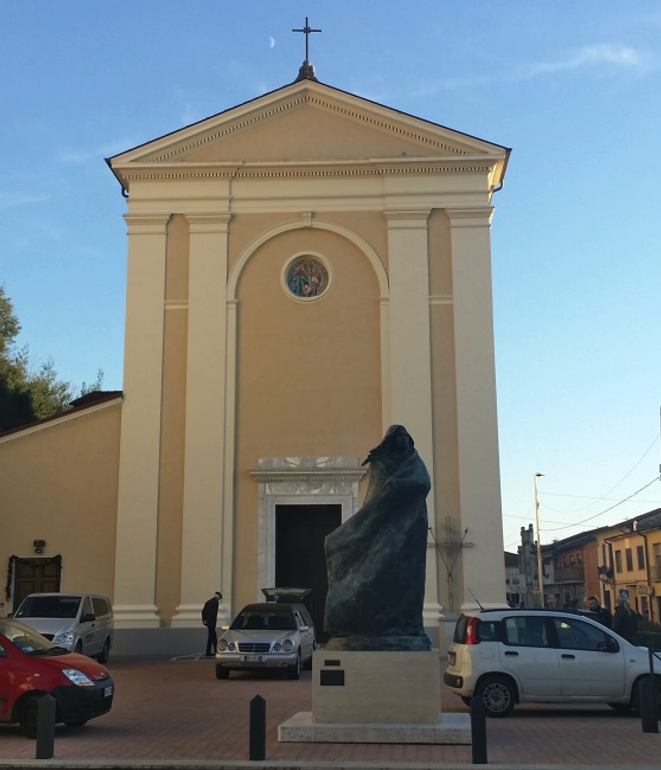
1980. Cast by Wyoming Foundry / Studios Camaiore Italy. Painted bronze, H 114 inches.
Jackson paints his sculptures rather than applying the more common bronze patina. By doing so, he can achieve, for instance, more movement in his works, like in this sculpture where the stripes on Sacajawea’s blanket give a more realistic look of folded cloth.
Harry Jackson was no ordinary man, or artist.
Harry Jackson is best remembered as the most important sculptor of themes drawn from the American West since Remington and Russell, and as the figure responsible for resurrecting a dying genre and creating the phenomenon of contemporary Western art. But, this achievement is only one episode in Harry Jackson’s astonishing career.
Jackson, who took his mother’s maiden name after his parents divorced, was born in Chicago in 1924. Life was difficult for young Harry as his father was in and out of jail and Harry often dodged school and roamed
Chicago’s dangerous streets. At age eight, Harry’s teacher recognized artistic talent in the boy and secured him a scholarship to the Chicago Art Institute’s Saturday classes for children. While ducking school and a bad home life, Harry spent time around cowboys at the Chicago stockyards. About this time, he also developed an interest in the works of Frederick Remington and became infatuated with Wyoming’s Pitchfork Ranch. He learned about the latter from Charles Belden’s photographic essay, which appeared in a 1937 issue of Life magazine.
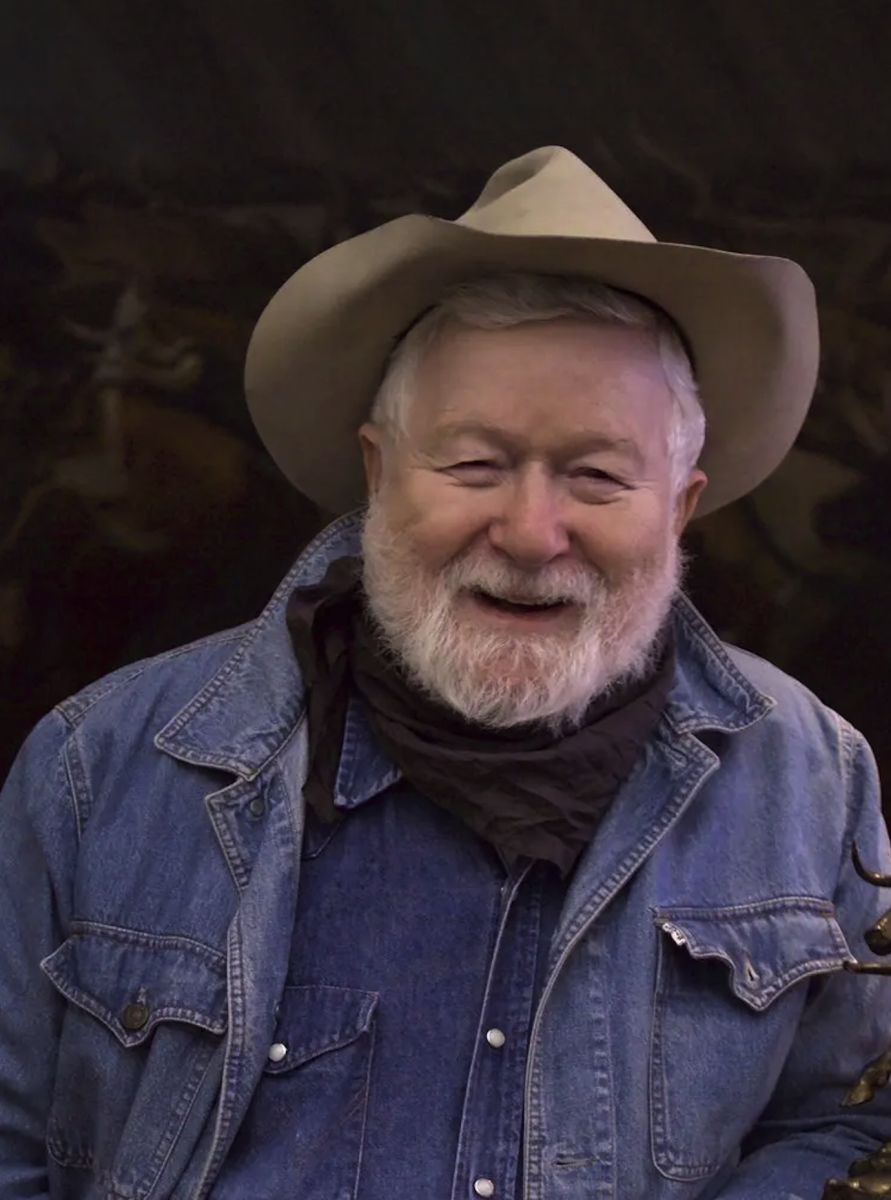
The artist Harry Jackson in 2006 in Cody, Wyo. (Credit: Chris Gimmeson/Buffalo Bill Historical Center)
Inspired by a 1937 photo spread in Life about Wyoming’s cowboy lifestyle, Jackson ran away from home in 1938, at fourteen years old. He hitchhiked to Wyoming, where he worked as a ranch hand in Cody. In 1938, he worked at the Bradford Ranch on the North Fork, then in 1939 on the Pitchfork Ranch near Meeteetse, eventually becoming a cowboy. It was during these years Jackson began sketching.
At age 18 Jackson enlisted in the Marine Corps and was assigned as a sketch artist to the Fifth Amphibious Corps. He was seriously wounded during the war, including traumatic brain injury, and was awarded the Purple Heart. In these works, Jackson depicted bloody close-combat scenes. However, after viewing Jackson Pollock’s painting, The Moon Woman Cuts the Circle, Jackson underwent an artistic conversion, moved to New York, became a close friend of Pollock, and adopted the Abstract Expressionism style. His reputation as an artist grew and in 1958 Jackson received a commission to produce two heroic-size paintings for the Whitney Gallery of Western Art in Cody, Wyoming. These were The Stampede and The Range Burial, which Jackson also made into bronzes and lithographs. Jackson also created the large sculpture Sacagawea, which stands outside the Buffalo Bill Historical Center in Cody.
Jackson died in Sheridan on April 25, 2011 at the age of 87, following several health issues during his final year.
